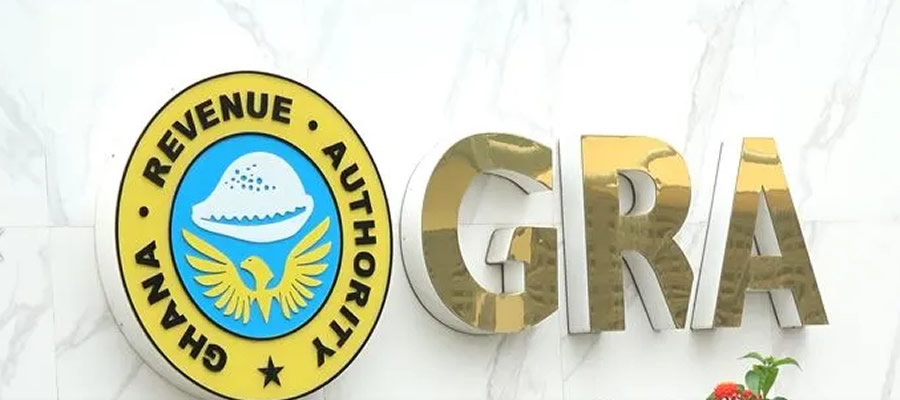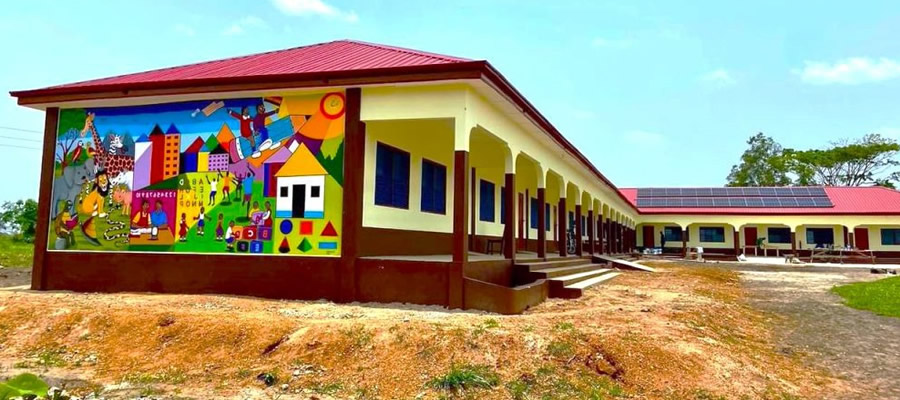
Number Of Rooms Occupied By Households
The year 2000 census indicated 42.2 per cent of households occupy one room, 29.5 per cent occupy two rooms while 28.3 per cent occupy three or more rooms. The proportion of households occupying one or two rooms varies from 45.7 per cent in Dangme East to 78.4 per cent in AMA.
Indicators Of Housing Density
With an average household size of 4.6 and the average number of rooms per household of 2.4, Greater Accra has an average room density of 2.0 persons per room. All districts, except AMA, have an average room density lower than that for the region. Dangme West and Dangme East have a density of 1.6 persons per room, the lowest in the region. This means that overcrowding is more of a problem in AMA than in the other districts. There is the need for deliberate policy to relieve AMA of the population pressure on housing by directing housing development to Tema and Ga.
Sleeping Room Occupancy By District
The average room density for the region (2.5) is higher than the national average (2.3). The highest is in the Accra Metropolis (2.8), while the lowest is in Dangme West (2.0). Two of the 5 districts have populations per sleeping room higher than the national average but only the Accra Metropolis has a population per sleeping room higher than the regional average. Generally, the more urbanized a district, the higher the population per sleeping room.
The number of people enumerated outside the house (16,406) is 27.0 per cent of the national figure, and 0.6 per cent of the region’s population. The population is highest in the Accra Metropolis (0.8%) while it is less than half or one per cent in the other districts.
This number includes persons who were institutionalized or were in transit on the night of the census, but it is likely that a sizable number were homeless. The numbers nevertheless indicate that homelessness is not yet a major problem, though it is a seriously emerging one in the Accra Metropolis.
There are 867 “homeless households”, or 0.1 per cent of all households in the region. The Accra Metropolis has 709 (i.e. 81.8%) of these homeless households, though the number represents only 0.2 per cent of households in the metropolis. “Homelessness” appears to be more of an urban problem (AMA and Tema) which, though currently relatively small, may be growing with increasing in-migration into the region, especially the three more urbanized districts.
Main Material For Outer Walls
Cement block or concrete is the main type of material for outer wall in the region (74.2%). The proportion of houses with cement blocks or concrete as the main material for outer walls ranges from 77.8 per cent in AMA to 44.6 per cent in Dangme West, where the proportion of houses with mud for outer wall is about the same as the proportion with cement (46.4%). Tema with the least proportion of mud houses (2.5%), has 16.0 per cent of houses having wood as the main material for outer walls.
Main Material For Floor
84.8 per cent of households in the region live in houses with cement or concrete floor; the proportion ranges from 75.9 per cent in Dangme East to 87.4 per cent in Tema. While terrazzo is the second most widely used material for the construction of the floor in AMA (4.3%), Ga district (7.2) and the Tema (4.4), it is earth/mud brick in Dangme East (22.5%) and Dangme West (20.2%).
Main Material For Roofing
89.3 per cent of households live in structures whose main roofing materials are slate/asbestos (48.3%) and corrugated metal sheets (40.6%). These are the main materials that were used up to the 1980s. Except in Tema and Dangme West, where the order is reversed, slate or asbestos sheet is the most popular roofing material, followed by the corrugated metal sheet. Thatch or palm leaf is mainly used for roofing in rural areas. It is therefore not surprising that the two Dangme districts have between 20 and 30 per cent of households living in structures roofed with thatch or palm leaves.
The use of roofing tiles is a new phenomenon in the country, but particularly in the more urbanized areas. Nationally, roofing tile constitutes only 0.5 per cent of materials, but in Greater Accra the proportion is 1.5 percent. This is explained in terms of the increasing use of tiles for roofing new buildings and even replacing existing ones. The fact that the proportion is much higher in the Ga (2.8%) and Tema municipality (2.1%), which are the areas of new housing development, attests to this.
Main Source Of Lighting
More than three quarters of households in the region use electricity for lighting. The use of electricity for lighting appears to be related to the level of urbanization of the district. Thus in AMA, 89.7 per cent of households use electricity for lighting, while less than a quarter of households in Dangme East enjoy this facility. In the region and in particular AMA, Ga and Tema, the alternative source of lighting is the kerosene lamp, the use of which increases among the least urbanized districts. About 75 per cent of households in Dangme East and 66 per cent in Dangme West use mainly kerosene lamps as the main source of lighting.
The toilet facility that is widely used by households in Ga (30.8%) is the pit latrine. About a fifth (18.3%) of households have no toilet facility of any kind and an equal proportion use water closet in their houses. In the Tema district, however, the use of the water closets in the house (29.2%) is close to that of the public toilet (27.5%) and the proportion for households with no toilet facility (16.9%) is not too different from that in Ga (18.3%). While the Kumasi ventilated improved pit (KVIP) is common in both AMA (11.7%) and Ga (11.6%), the use of bucket or pan as a toilet facility is more common in AMA than in any other district.
Even though there is a plan that is almost 20 years old to phase out the use of pan toilets in AMA and bye-laws for all new dwellings to convert to either water closet or in-house KVIP, AMA has a very high proportion (12.7%) of households still using the bucket/pan toilet system, with all its attendant problems of inefficient collection and disposal. AMA has to have the political will to enforce its own byelaws, not only on the toilet facilities, but also on environmental and sanitation issues.
Fuel For Cooking
The use of charcoal by households as fuel for cooking is very common in the region (57.3%) and the districts. Most households in AMA (61.7%) and Tema (58.3%) use charcoal as their main source of fuel for cooking, despite the high level of urbanization. The use of wood is minimal in AMA (1.4%) and Tema (4.7%); however, in Dangme East (53.2%) and Dangme West (55%), wood is the main source of cooking fuel, followed by charcoal.
With the high level of deforestation in the country, Governments have tried to encourage the use of liquefied petroleum gas (LPG) as an alternative to wood and charcoal. About 22 per cent of households in the region use LPG; however, LPG use has not yet caught on with households in Dangme East (3%) and Dangme West (1.6%), probably because of the high cost of liquefied petroleum gas and also fear of its use.
Date Created : 11/29/2017 3:27:30 AM












 facebook
facebook
 twitter
twitter
 Youtube
Youtube
 +233 593 831 280
+233 593 831 280 0800 430 430
0800 430 430 GPS: GE-231-4383
GPS: GE-231-4383 info@ghanadistricts.com
info@ghanadistricts.com Box GP1044, Accra, Ghana
Box GP1044, Accra, Ghana